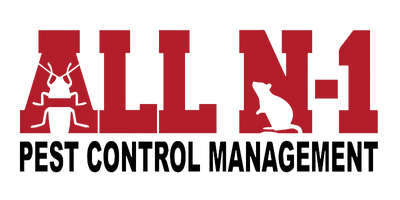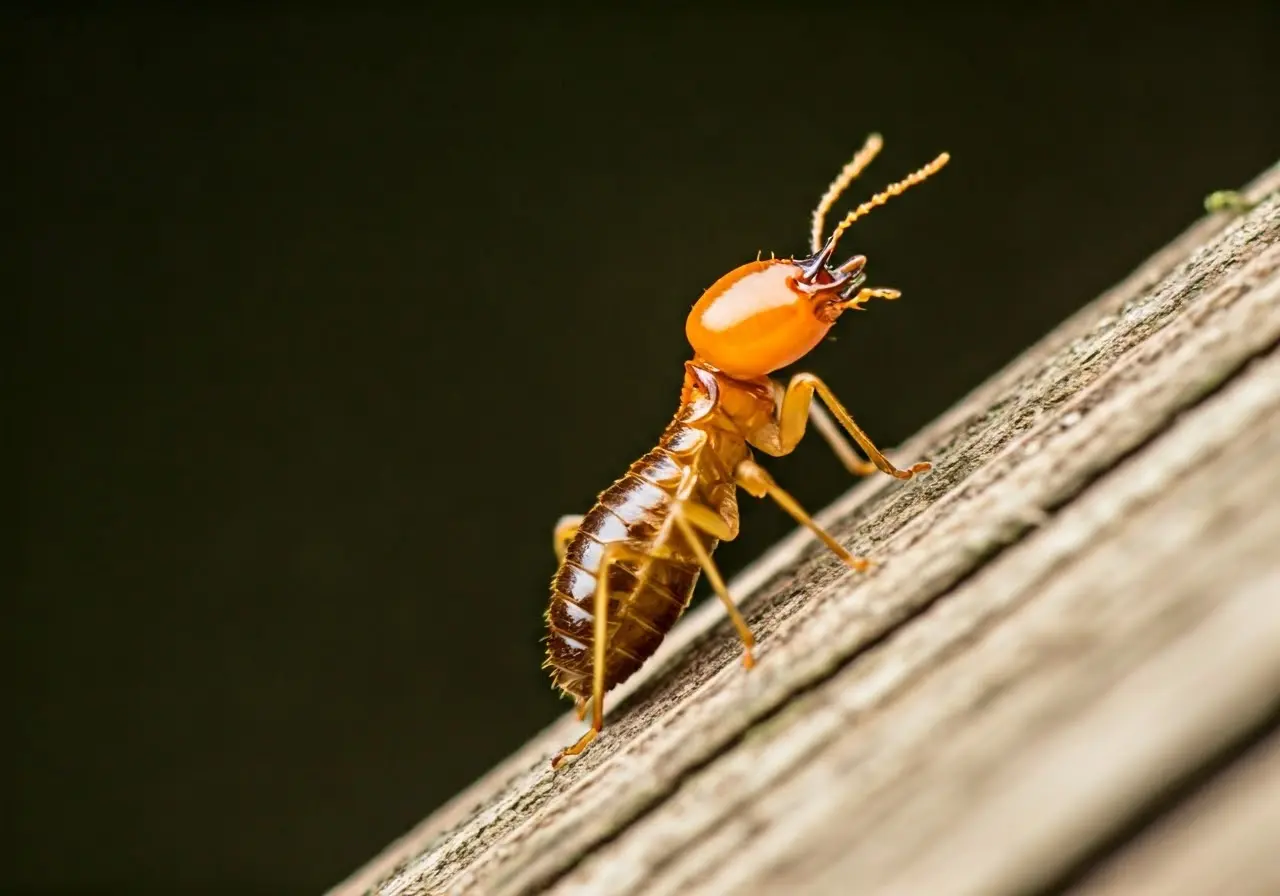Termites are often considered silent destroyers, slowly and persistently causing damage to structures without immediate detection. Understanding the life cycle of termites is crucial for homeowners who wish to protect their investments and maintain the integrity of their homes. In this blog, we will explore the stages of a termite’s life, their behavior at each stage, and how their activities can impact residential properties.
The Termite Colony: A Social Structure
At the heart of termite life is the colony, a highly organized social structure comprising various castes, each with its specific roles. From workers and soldiers to reproductives, each caste plays a critical part in sustaining the colony’s survival and expansion. Termite colonies are teeming with life and activity. The queen termite is pivotal in this hierarchy, capable of laying thousands of eggs each day, ensuring the proliferation of the colony. Her ability to control the colony’s growth is unmatched. Meanwhile, the workers are the backbone, responsible for nesting, feeding, and creating tunnels to support the termites’ expansion.
Soldiers, identifiable by their larger heads and formidable mandibles, are tasked with defending the colony against potential threats. Without the protection offered by soldiers, the vulnerable queen, workers, and reproductives would be at great risk. Finally, the reproductives, known as alates, are designed to eventually leave the colony, taking flight to establish the next generation of settlements. This intricately woven social structure allows termites to function as a single, cohesive entity, driven by instinct and survival, capable of daunting feats despite their small size.
Egg to Nymph: The Early Stages
The inception of a termite’s life begins within the safety of collective effort inside the colony’s nursery chamber. Eggs, laid by the queen, are incubated and meticulously cared for by dedicated workers. This early stage of life is vital, as the future of the colony rests upon the successful growth of these nymphs. Nurtured with pre-digested cellulose food by their fellow workers, nymphs undergo multiple molts, eventually growing into specific caste roles.
This nurturing environment fosters the development of each nymph, guiding them to become either a worker, soldier, or reproductive based on the colony’s needs. The balanced allocation of roles helps maintain the colony’s efficiency and adaptability. Understanding how this process unfolds illuminates the complexity behind termite resilience and the magnitude of challenge they pose to homeowners.
Mature Termites: Workers, Soldiers, and Reproductives
Once nymphs reach maturity, they blend seamlessly into one of the primary castes, each serving a distinct purpose. Workers, in their soft-bodied form, are the foragers and builders. These industrious termites maintain the colony’s infrastructure, venturing out to locate food sources and ensuring the continuous supply of nutrients back to the colony. The intrinsic drive of workers sustains the colony’s operations, a testament to their determination and sheer numbers.
Soldiers, marked by their robust appearance and overdeveloped jaws, are the colony’s frontline defense. Positioned at strategic points, they protect the colony from predators such as ants and other insect threats. In contrast, reproductives are future founders. During specific conditions, these termites embark on nuptial flights, a phenomenon known as swarming, where they pair, shed their wings, and create new colonies. This continual cycle of reproduction and expansion underlines the termite’s prowess and its reputation as a tenacious pest.
The Swarming Phase: Expansion and Infestation
The swarming phase is both intriguing and alarming for homeowners, as it marks the termite colony’s expansion efforts. Typically, during warm temperatures following spring or summer rains, winged reproductives emerge from their nests in a swarming spectacle seeking mates. This airborne migration sets the stage for developing new colonies, potentially in nearby structures.
This phase is a crucial opportunity for termites to broaden their territories, often culminating in infestation if they establish within homes. Identifying swarming events is pivotal in preempting structural damage, making it essential for homeowners to remain vigilant during these periods. Watching for shed wings or flying termites indoors can be a valuable early warning that prompts needed intervention.
Impact on Homes: Recognizing the Signs of Infestation
The ramifications of a termite infestation can be severe, impacting a home’s structural integrity. Recognizing the signs of infestation early can save substantial repair costs and preserve the safety of the property. Indicators such as mud tubes climbing foundation walls, wings strewn indoors, or wood that sounds hollow when tapped are red flags.
Additional signs include distorted paint, sagging floors, or the appearance of frass, small pellets left behind by drywood termites. The earlier these indicators are caught, the more effectively owners can prevent extensive infestations. Hence, frequent inspections and inspections are paramount in guarding against unexpected devastation and in preserving the home’s value and safety.
Prevention and Control Strategies
Preventive strategies form the frontline defense against potential infestations. Consistent inspections, conducted by trained professionals, lay the groundwork for detecting initial signs of termite activity. Implementing treatments like chemical barriers, baiting systems, or physical barriers can substantially deter these insects from gaining a foothold.
Homeowners can supplement these defenses by managing moisture levels—since termites thrive in humid conditions—and sealing potential entry points into the structure. This comprehensive approach, combining vigilance, physical treatments, and moisture control, acts as a bulwark against termite encroachment, safeguarding the stability and longevity of homes across vulnerability zones.
Protecting Your Home: The Importance of Understanding Termites
Grasping the complexities of a termite’s life cycle is vital in order to effectively manage and mitigate the risks they pose to homes. Regular inspections and preventive measures can significantly reduce the likelihood of termite infestations and the costly damage that comes with them. By understanding these tiny yet powerful creatures, homeowners can stay one step ahead, ensuring the safety and longevity of their properties.





Its the nature working. From mating to laying eggs and building a colony. We are a termite control company and we know that every year billions of dollars of property are damaged by these termites.